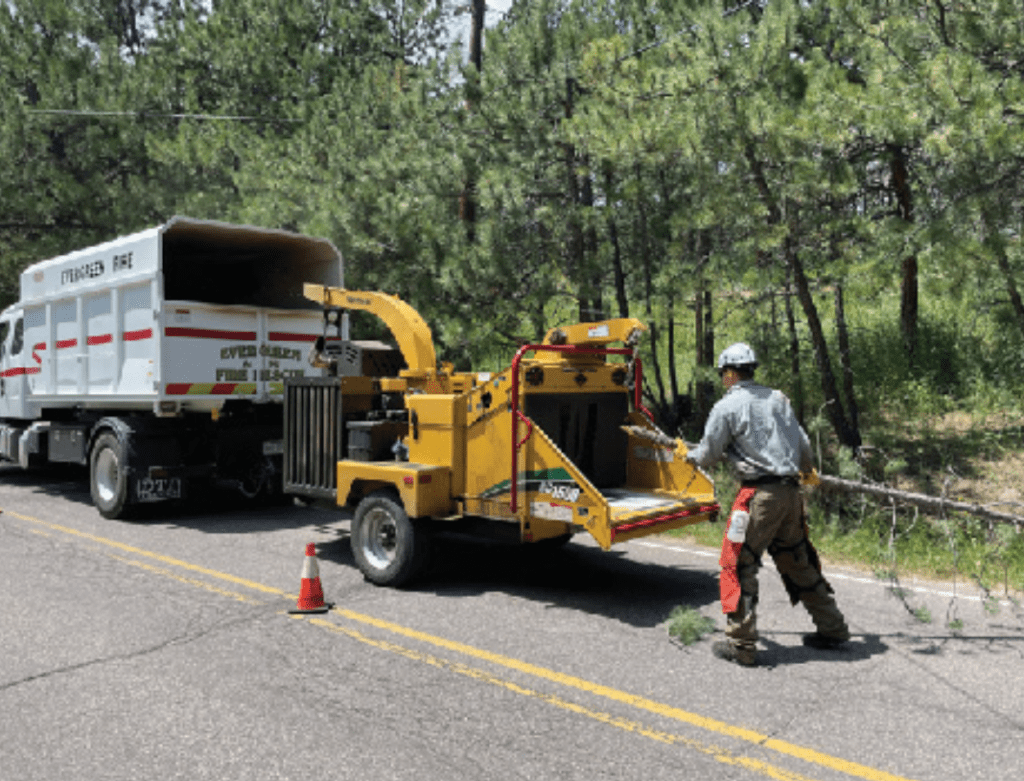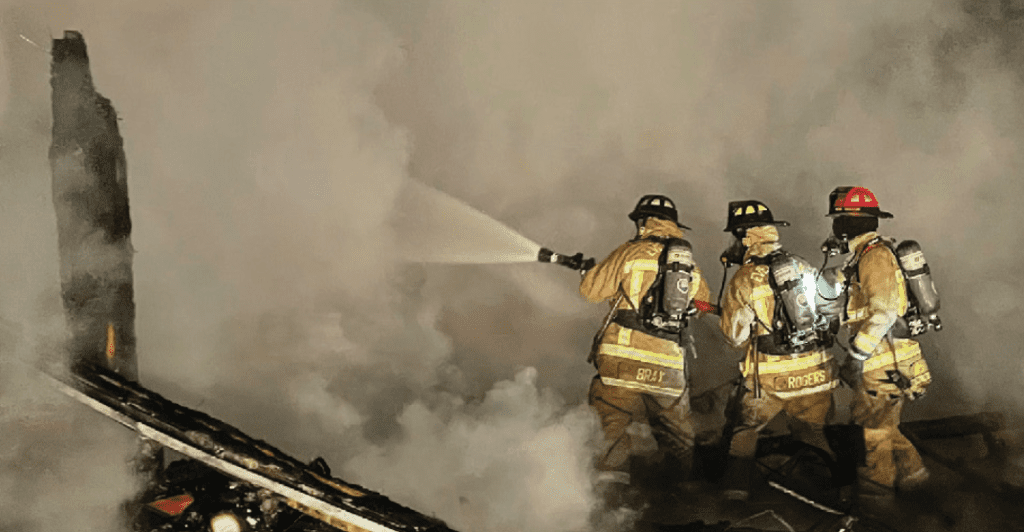by Risk Reduction Coordinator Einar Jensen
Strategic Goals
“Twenty years ago, EFR created a Master Plan that helped us meet the challenges of a growing community.”
Evergreen Fire/Rescue (EFR) invested in a new Master Plan during 2023 to guide future growth so we can meet the challenges of the next 20 years.
Where were you 20 years ago? Same home? Same job? Additions to your families? For most people, the last two decades included significant change.

Twenty years ago, EFR created a Master Plan that helped us meet the challenges of a growing community. That plan and the subsequent bond issue generated four new fire stations: in Upper Bear Creek, Kittredge, Brook Forest, and the Floyd Hill area to improve response in those developing neighborhoods. It also generated the Bergen Park campus: new bays for fire apparatus, a state-of-the-art maintenance building, and the administration building. The plan also called for new apparatus (engines, a heavy rescue truck, tenders, and a tower truck) to fill the new stations and increase our agency’s capacity to protect the 80439 and 80457 neighborhoods from emergencies.
EMS response, all of EFR’s firefighters are vol- unteers. Our volunteer firefighters respond to incidents as EFR but also function as a separate 501(c)(4) nonprofit organization called the Evergreen Volunteer Fire Department (EVFD). MCG recommended all EFR personnel integrate formally into the EFR organization.
Physical infrastructure poses a second challenge, according to MCG. Station 1 (near the dam), which was built in the 1960s, is “functionally obsolete” because its bays and driveway are too small for modern fire vehicles and has limited capacity for firefighters to stay overnight. Station 4, the ambulance station at the Skyline S-curves, also has small bays and will require significant investments to keep it viable.

MCG recommends combining those two stations into a single new facility to allow for cross-staffing, improved working conditions for EMS personnel, and allow for future expansion if needed. MCG also recommended expanding Stations 3 (Marshdale), 6 (Kittredge), and 7 (Floyd Hill) with living quarters to promote volunteers staying there to staff apparatus for emergency response.
The third challenge is the response system. EFR relies on paid EMS personnel responding from Stations 2 (Bergen Park) and 4, while firefighters respond from home or work. This neighborhood model is effective for getting personnel on scene quickly, but the response time for fire apparatus (engines, trucks, rescues, tenders, etc.) often lags. Increasing the number of shifts in which firefighters are at stations specifically to respond in apparatus may be the answer, but that answer is difficult for volunteers who also have full-time jobs and family responsibilities. One suggestion from internal and community focus groups was the addition of career firefighters to EFR to improve response times of apparatus particularly for fire suppression incidents.

MCG identified 11 strategic goals for EFR. Our board of directors approved the overall plan and the recommendations within and has instructed all of us to start working toward identifying solutions and accomplishing them.
1. Formally transition to a single organization to provide emergency services and another to provide benevolent support to the district.
2. Realign EFR to provide more clarity and
accountability to the organization and personnel.
3. Create a formal succession plan for EFR for the EFPD aligning with the organization and operational alignment.
4. Enhance the development of financial plans for capital improvement.
5. Consolidate Stations 1 and 4 into a new facility.
6. Improve the availability of fire apparatus.
7. Complete a Standard of Cover document.
8. Continue to enhance wildland mitigation and response capabilities.
9. Continue the ECARES/CIHCS program and monitor progress for additional resources.
10. Improve the internal training and education system.
11. Monitor and continuously update prevention and risk data.
The Master Plan also identifies four “essential functions” beyond emergency response that contribute to an all-hazards protection system that serves the community and upon which community members have come to rely.
• Wildland Division: These personnel collaborate with community members to reduce the risk of damage and injury from wildfires.
• ECARES/CIHCS: These personnel expand the role of paramedics to help residents age in their own homes and manage medical conditions without needing ambulances and emergency departments to improve healthcare accessibility, reduce costs, and meet specific health needs of patients.
• Training and Education: These personnel help the rest of EFR maintain perishable skills and proficiently handle low-frequency/high consequence events.
• Community Risk Reduction Division: These personnel identify and mitigate potential hazards and risks in a community by engaging and empowering various stakeholders of all ages.

If you want to learn more about the Master Plan, use this link: bit.ly/EFRMasterPlan. We also love discussing it in person at meetings of HOAs, nonprofits, neighborhoods, etc. Contact us at [email protected] to schedule a presentation.
To learn more about Evergreen Fire/Rescue and our commitment to our community, visit our website (evergreenfirerescue.com) or follow us on Facebook, Instagram and/or Twitter. We also post regularly on Nextdoor.
